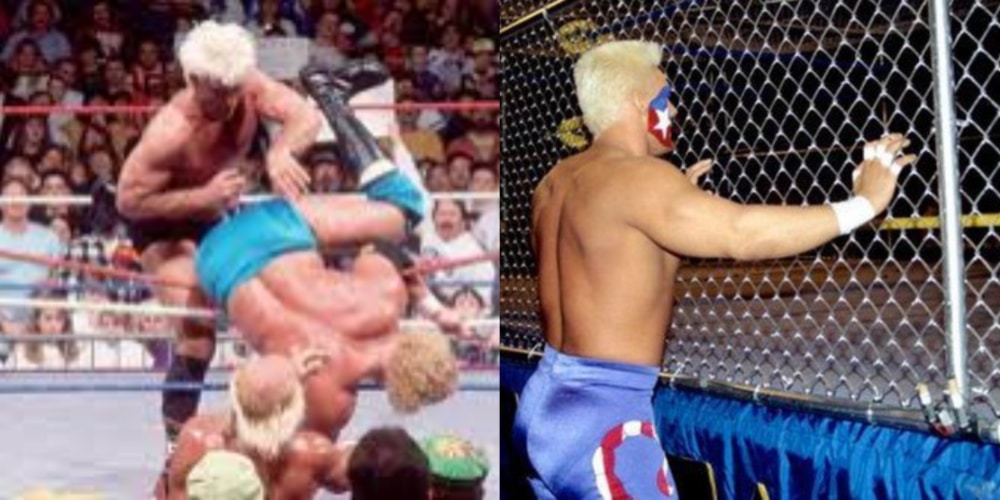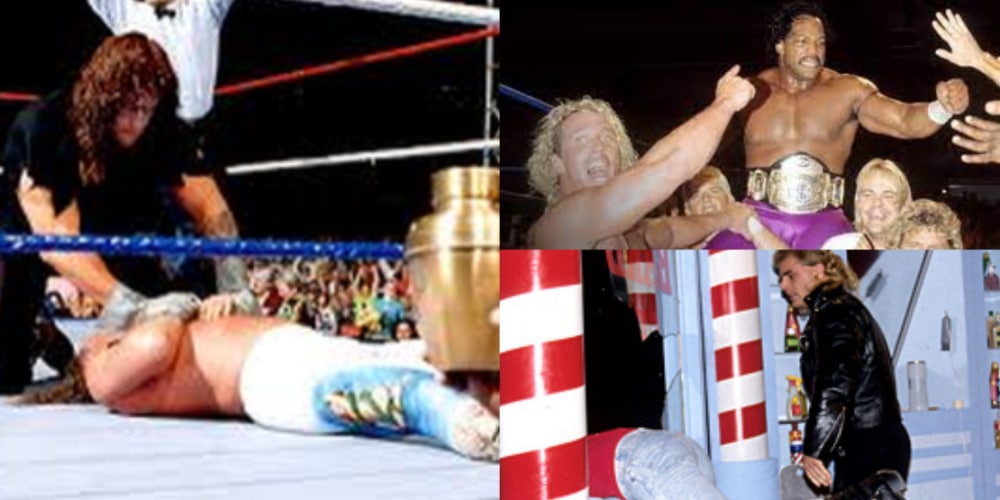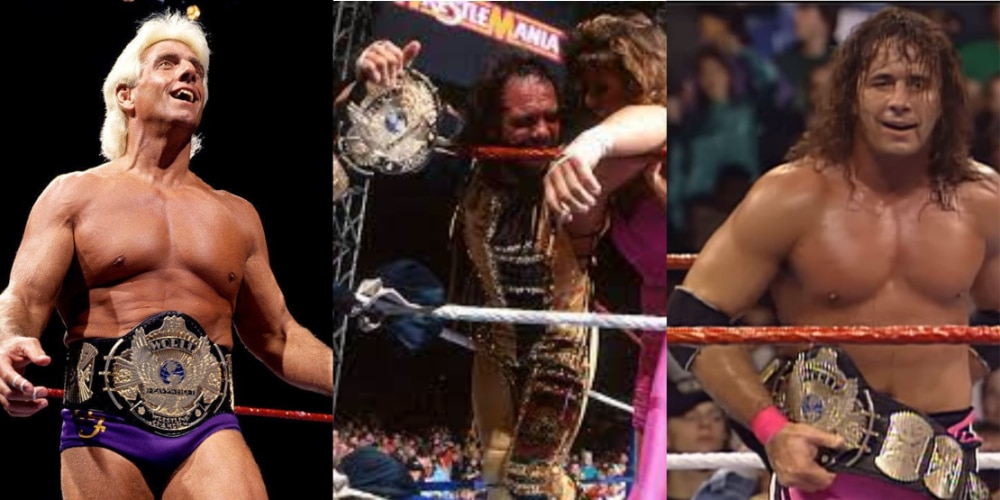30 Years Later, Was 1992 Lowkey The Greatest Year In Wrestling History?
In a conversation of great years in professional wrestling history, 1992 has a tendency to go overlooked. The Golden Era in WWE was tapering off and business was slipping downward. Meanwhile, WCW went through its share of transitions, including Bill Watts taking over creative and instituting unpopular rules like making moves off the top rope illegal. Neither major promotion would really find its way the way they did again around 1996-1997 as the Monday Night War took off.
However, 1992 also featured a deceptive number of highlights and important shifts that set up the future of the business, making it arguably the greatest year in wrestling history, at least for the mainstream product in the US
1992 Had The Best Versions Of Important Matches

January 1992 saw the greatest Royal Rumble match of all time. Ric Flair put on the first iron man performance that culminated in a victory as he entered at number three and lasted an hour against a full catalog of WWE Superstars, including the Hulk Hogan, Randy Savage, The Undertaker, Sid Justice, and Roddy Piper as legitimate contenders and a laundry list of iconic names in the supporting cast like Jake Roberts, Jim Duggan, The Big Boss Man, and The Texas Tornado to name a few. The match culminated in an electric finish with Hogan and Justice falling out—handing Flair the win and setting each other up as WrestleMania opponents. Speaking of WrestleMania, the event itself would feature arguably the best WWE Championship match in event history up to that point, with Flair defending against Savage.
On the WCW side of the equation, 1992 was host to the greatest War Games match of all time as the babyface Sting’s Squadron not only won an epic battle, but effectively ended The Dangerous Alliance, a great faction that crumbled by degrees after their defeat. This match featured a perfect blend of current top stars like Sting, Ricky Steamboat, and Rick Rude, alongside up and coming top talent like Steve Austin and Dustin Rhodes, with a fine mix of highly skilled and over role players like Arn Anderson, Bobby Eaton, Larry Zbyszko, Nikita Koloff, and Barry Windham rounding things out.
WWE SummerSlam drew a full stadium crowd in England for an event highlighted by arguably the best main event in the show’s history: Bret Hart vs. The British Bulldog for the Intercontinental Championship. This would prove to the be the first of many one-on-one PPV headliners for The Hitman as he rose up the ranks.
1992 Saw Major Stars Defined

1992 saw the evolution of Bret Hart. He started the year as Intercontinental Champion, stole the show beating Roddy Piper at WrestleMania 8, and went on to main event SummerSlam and Survivor Series alike. In between those events, he won his very first world championship, cementing him as a top guy.
January 1992 also saw Shawn Michaels famously superkick Marty Jannetty and throw him through the window of Brutus Beefcake’s Barbershop interview set. More than a simple heel turn or tag team split, this was the launch of one of the most important singles stars of the decade to follow.
Early 1992 was a critical point for The Undertaker as well. After a highly successful first year in WWE as a monster heel, there was a real risk of the character running its course. A babyface turn offered longevity and the rise of an unlikely favorite among the fan base. He’d defeat Jake Roberts at WrestleMania, and though he wouldn’t get back to the world title picture for some time, this run set him up to become an iconic character who spanned decades, as opposed to a monster with a couple-year shelf life.
On the WCW side of things, 1992 was the year when Ron Simmons realized his potential at the greatest level, becoming the first universally recognized black world champion after he defeated Big Van Vader.
1992 Was a Great Year For In Ring Performance

One of the biggest arguments in favor of 1992 comes down to in-ring quality. The world title picture in WWE tells its own story as the first year since 1983 when Hulk Hogan didn’t get his hands on the WWE Championship at all. In his place were a trio of all-time-great workers: Ric Flair, Randy Savage, and Bret Hart holding down the fort and elevating the quality of main event matches to a significant degree.
In WCW, Sting quite arguably reached his peak as an in-ring worker—an incredibly athletic and dynamic powerhouse who took well to being the franchise player. Meanwhile, Vader rose up not just an intimidating monster heel, but rare one who could work at an extremely high level. Add in Ricky Steamboat, Rick Rude, and Steve Austin all performing at the highest level and the company was quietly thriving when it came to big matches.
1992 may never get the full credit it deserves, but it was a historically important year, full of great wrestling as the business evolved and prepared for its next boom period. In addition the great signature matches, rise of top stars, and quality of performance on the whole, it was also the first year WWE staged a ladder match and the year WCW innovated Spin the Wheel, Make the Deal, all pointing the way toward even bigger things to come.